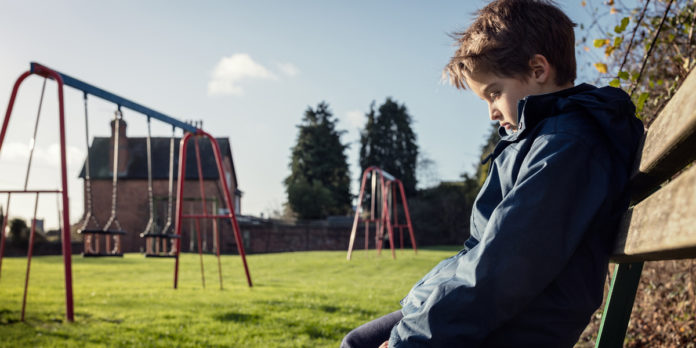
Boys who enter sixth-grade with co-occurring social skills, anxiety, learning and conduct problems are at the greatest risk of developing aggressive behaviour and using tobacco, alcohol and marijuana by the end of eighth grade, a new study found.
“While substance use among all boys in the study population increased over time, it increased the fastest among boys who had the greatest social skills needs,” said University of Illinois social work professor Kevin Tan, the principal investigator of the study.
Rather than any single factor, a combination of characteristics may predict youths’ risk of succumbing to or avoiding problem behaviours, Tan said.
Tan and his co-authors found four distinct patterns of co-occurring social-emotional learning and behavioural problems among the more than 2,600 middle-school boys in their study. The boys were students at 37 schools located in Chicago; Durham, North Carolina; Athens, Georgia; and Richmond, Virginia.
At four time points, beginning in the fall term of sixth grade and ending in the spring term of eighth grade, the students were surveyed on their verbal, relational and physical aggression and their use of cigarettes, alcohol and marijuana during the prior 30 days.
At each time point, a teacher also assessed each boy’s social skills development, symptoms of anxiety and learning problems. Teachers also reported on their students’ conduct, such as how frequently they skipped classes and stole from other students.
Boys who had significant problems in all four domains – social skills, anxiety, learning and conduct – were the most susceptible to engaging in aggression and substance use, the researchers found.
Although this group composed only 6.3 per cent of the study population, prior research has shown that youths with these characteristics are at the greatest risk of the poorest outcomes across their lifespans, according to Tan and his co-authors.
Conversely, the researchers found that boys who scored well on social, emotional, learning and conduct – a group that composed more than 61 per cent of the sample – showed only small increases in physical aggression and substance use.
The third risk pattern involved boys who had poor social skills in addition to learning and conduct problems. While these boys entered sixth grade exhibiting the most behavioural problems, their physical and relational aggression and cigarette smoking declined over time and their alcohol and marijuana use didn’t vary.
The researchers also identified a fourth distinct risk pattern previously unexamined in research pertaining to a group of boys who may be underserved by practitioners. Boys in this group, which composed about 15 per cent of the sample population, had positive social skills but moderate problems with learning, anxiety and conduct.
“Although these boys may be socially skilled, their other problems can lead to increased aggression and substance use as they progress through middle school,” Tan said.
These youths’ social skills may account for their heightened verbal aggression, the researchers hypothesized, because “these boys are more attuned to how to utilize indirect forms of aggression as a means of harming others and, over time, become more accustomed to dealing with interpersonal matters through non-physical means.”
Alcohol and marijuana use increased among boys in this group, but at lower rates than their peers in the high-risk group. Tan and his co-authors suggested that these social boys may be more susceptible to negative peer influences that lead to experimentation with alcohol and drugs.
“Understanding these configurations of social-emotional, learning and conduct problems can help us understand how they elevate or decrease students’ risks for different outcomes,” Tan said. “There are opportunities here for schools to provide early prevention and interventions to address any problems before they become severe.”
(Source: Illinois News Bureau)










